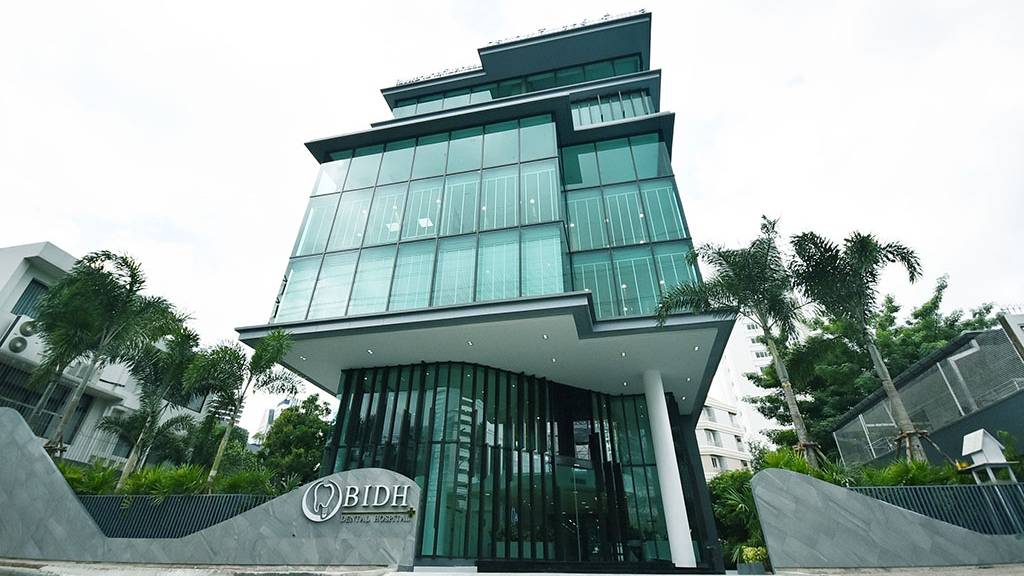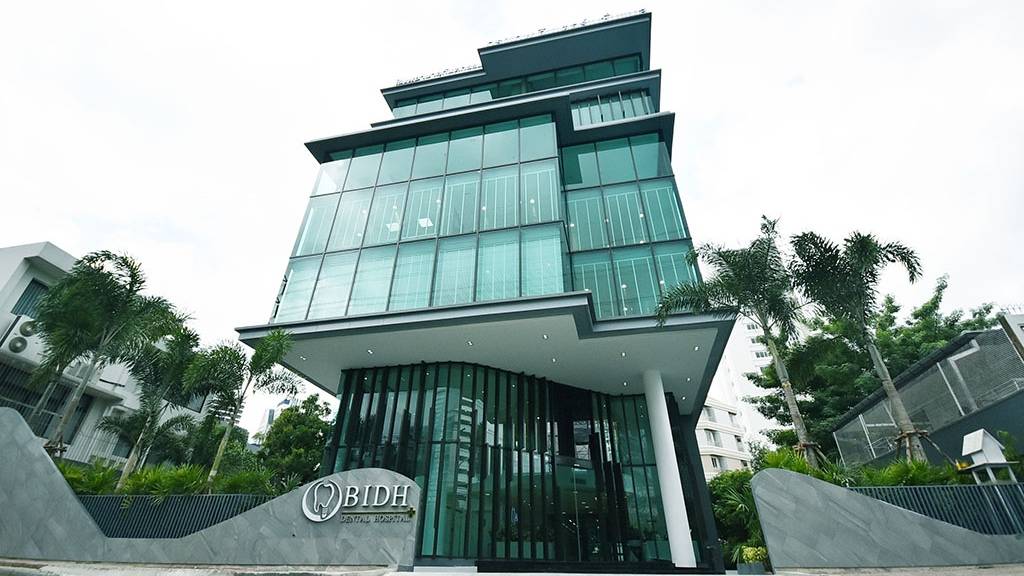It Is Suitable For
· Those in Bangkok who want to restore bone for implants.
· Those with insufficient bone for implants.
· Those who want to improve jawbone strength.
· Those who wish to prepare their jaw for implants.
· Those who wish for long-term implant success.
What Is Bone Graft For Dental Implant?
Bone Graft For Dental Implant is a procedure used to rebuild and strengthen the jawbone in preparation for dental implants. When there is insufficient bone mass or density in the jaw, typically due to tooth loss, injury, or gum disease, a bone graft provides the necessary foundation to support dental implants. The procedure involves adding natural bone or synthetic materials to the jawbone, allowing it to regenerate and become strong enough to secure the implant posts.
The benefits of bone grafting include improved implant stability, better long-term success of dental implants, and the restoration of the jaw’s natural function. This process helps prevent bone resorption (shrinkage) and can improve the overall aesthetics of the mouth, enabling patients to regain normal chewing function and a confident smile.
How It Works
Bone Graft For Dental Implant begins with a detailed evaluation using digital X-rays or 3D CT scans to assess jawbone condition. If the bone is insufficient, graft material – either synthetic or natural from the patient’s body – is selected based on the required volume and surgical approach.
Under local anesthesia, the gum is opened, and the bone graft is placed at the deficient site. A membrane may be applied to support regeneration and healing. The area is then sutured, and the graft is left to integrate with the natural bone over 4 to 6 months. Once the site has healed and gained sufficient density, it can securely support a dental implant.
Bone Graft For Dental Implant Procedure
1. Consultation and evaluation will be conducted.
2. Local anesthesia will be administered.
3. The gum will be opened to access the bone.
4. The chosen graft material will be applied to the site.
5. A membrane may be placed over the graft if needed.
6. The gum will be closed with sutures.
7. Post-care instructions will be provided by the dentist.
Advantages and Limitations of Bone Graft For Dental Implant
<Advantages>
· Improves implant success
· Restores bone volume and density
· Enhances long-term stability
· Promotes tissue regeneration
<Limitations>
· Additional surgery may be required if natural bone is harvested from another part of the body
· This treatment may not be suitable for individuals with uncontrolled health conditions
Bone Graft For Dental Implant Preparation
· Avoid smoking for at least 2 weeks before the surgery
· Avoid alcohol for at least 24 hours before the surgery
· Fasting may be required for at least 8 hours before the surgery
Bone Graft For Dental Implant Post Care
· Apply ice packs to the affected area for 20 minutes every hour during the first 24 hours after the treatment
· Avoid chewing on the surgical site for at least 1 week after the treatment
· Consume soft and cool foods for at least 3 to 5 days after the treatment
· Avoid brushing the surgical area for at least 1 week after the treatment
· Rinse your mouth with warm salt water 24 hours after the treatment
· Refrain from smoking and alcohol for at least 1 to 2 weeks after the treatment
FAQ
Q1: Do I need a bone graft for a dental implant?
A1: Bone grafting is necessary when there is insufficient jawbone to support an implant. This often occurs after prolonged tooth loss, especially in the posterior regions. If bone loss is significant, procedures like sinus lifts may also be required.
Q2: Is Bone Graft For Dental Implant painful?
A2: The procedure itself is performed under local anesthesia, so discomfort is minimal. Post-surgery, you may experience mild soreness or swelling, which can be managed with prescribed pain relievers.
Q3: How long does it take to recover from Bone Graft For Dental Implant?
A3: Initial healing takes about a week. However, full integration of the graft with your jawbone can take 3 to 12 months, depending on the graft size and location.
Q4: What are the signs of a successful bone graft?
A4: Indicators include reduced swelling and discomfort, absence of infection signs (like pus), and positive imaging results showing new bone growth.
Q5: Are there any risks of getting bone grafting?
A5: While generally safe, potential risks include infection, graft rejection, or failure to integrate with the jawbone. Following post-operative care instructions can minimize these risks.
Clinic Information
[Clinic Name] Bangkok International Dental Hospital
[Location] Bangkok, Thailand
[Nearest Station/ Nearest Tourist Destination] Approximately 5 to 10 minutes walking distance from Ploenchit Station (BTS Exit 4) and from Nana Station (BTS Exit 2)
[Clinic Opening Time] Monday to Saturday (9:00AM - 8:00PM); Sunday (9:00AM - 6:00PM)
| Operation Time |
30 - 120 mins |
| Recovery Time |
1 - 2 weeks |
| Number of Postoperative Visit |
Depending on the treatment plan |
| Hospitalization |
Not required |
| Limitations |
· Potential side effects are swelling, bruising, and or discomfort at the surgical site
· Minor bleeding will occur
· Infection at the graft can occur
· Though rare, nerve damage can occur |
| Cancellation Policy |
No charge for cancellations made at least 48 hrs prior appointment date* |
| Location |
98 Sukhumvit Soi 2, Khlong Toei, Ploenchit area, Bangkok 10110 |
Terms of Service
Trambellir is a health tourism platform and does not in any way provide, promote, or sell any
medication or medical treatment to the Customers.
Customers are advised to contact the healthcare providers directly for any enquiries related to
medical treatments.






